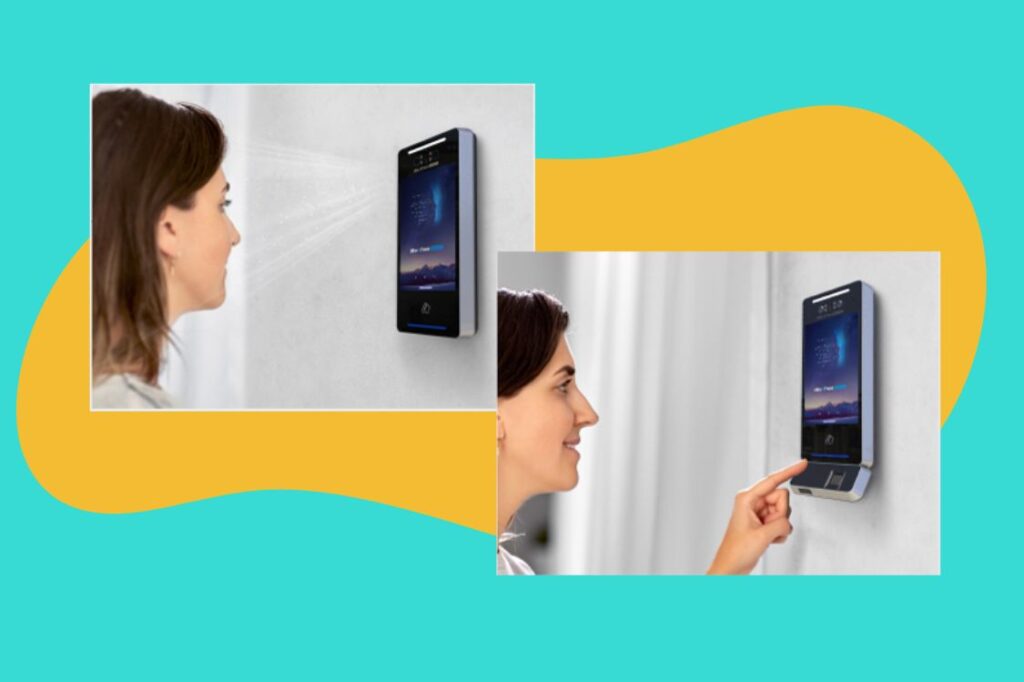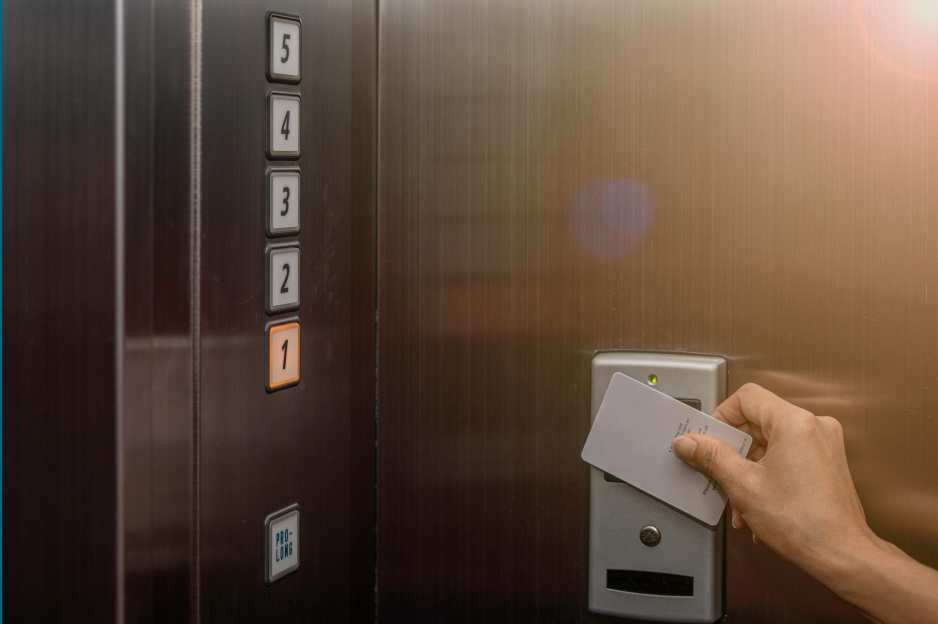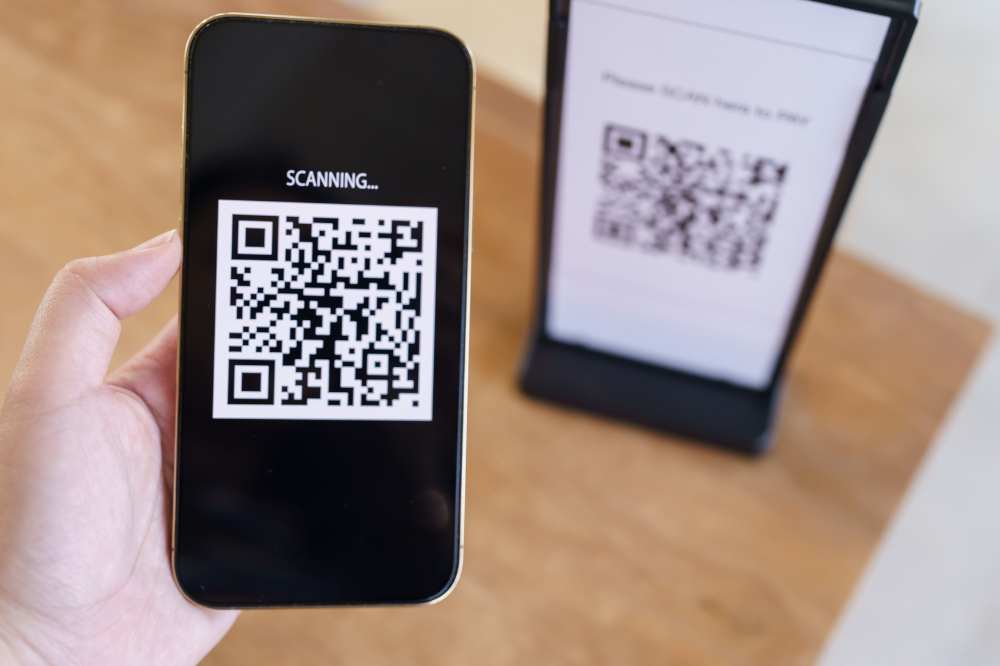Tracking employee attendance is crucial for the smooth functioning of any company. Without a robust attendance system in place, employees may slip under the radar, making it challenging to monitor their whereabouts and work hours accurately. This lack of oversight can lead to difficulties in addressing tardiness, handling overtime compensation, and maintaining accountability within the workforce.
By implementing an effective time attendance software, organizations gain the ability to meticulously track clock-in and clock-out patterns, identify habitual tardiness, and manage overtime hours efficiently. This system provides managers with valuable data insights, empowering them to make informed decisions regarding workforce management and resource allocation.
In essence, a reliable employee attendance system not only enhances operational efficiency but also fosters a culture of accountability and transparency within the organization.
In today’s dynamic workplace environment, various methods are available for tracking employee attendance within a company. Yet, not all of these methods offer the same level of cost-effectiveness, security, and transparency.
In this article, we will delve into different time attendance methods, weighing their advantages and drawbacks to help you make informed decisions for your company.
There are several ways to track employee attendance, each with its own advantages and limitations. Here are some common methods:
- Paper-Based Systems
- Biometric Fingerprint Attendance System
- Facial Recognition Biometrics
- Proximity Cards or RFID Tags
- PIN or Password-Based Time Attendance Systems
- Mobile Attendance App
- QR Code Attendance Tracking
In this article, we will delve into each of the different time attendance methods, weighing their advantages and drawbacks to help you make informed decisions for your company.
1. Paper-Based Systems
Traditional paper-based attendance systems involve employees signing in and out on paper timesheets or attendance registers. While simple and inexpensive, they are prone to errors, manipulation, and time-consuming manual processing.
Pros:
- Simple implementation with minimal setup and training.
- Low cost, making it accessible for small organizations.
- No technical expertise required for usage.
Cons
- Time-consuming and prone to errors during manual processing.
- Limited accessibility and lack of real-time insights.
- Environmental impact due to paper waste.
- Employees may help each other write their clock in timings, which defeats the purpose of a Time Attendance System.
Verdict of Paper-based Systems:
While cost-effective and simple, paper-based systems lack the efficiency and real-time tracking capabilities needed in modern organizations.
2. Biometric Systems
 Biometric attendance systems use unique physiological characteristics like fingerprints, facial recognition, or iris scans to identify employees when they clock in and out. These systems offer high accuracy and eliminate the possibility of buddy punching (clocking in for absent colleagues). However, they can be costly to implement and may raise privacy concerns among employees.
Biometric attendance systems use unique physiological characteristics like fingerprints, facial recognition, or iris scans to identify employees when they clock in and out. These systems offer high accuracy and eliminate the possibility of buddy punching (clocking in for absent colleagues). However, they can be costly to implement and may raise privacy concerns among employees.
In this section, I will cover the 2 most commonly used Biometric Systems: Biometric Fingerprint Attendance System and Facial Recognition Biometrics.
2a. Biometric Fingerprint Attendance System
Pros:
- High accuracy in identifying employees, preventing buddy punching (when one employee clocks in or out for another).
- Enhanced security and convenience without the need for additional cards.
- Integration with other systems and minimal maintenance requirements.
Cons:
- High initial investment and potential privacy concerns.
- Cultural and legal considerations may limit adoption.
- Accuracy challenges due to environmental factors.
- May be unhygenic especially during Flu Seasons or Pandemics.
2b. Facial Recognition Biometrics
Pros:
- Convenient and contactless authentication for employees.
- High accuracy and scalability for various organisational sizes.
- Enhanced security features and seamless user experience.
- Hygienic as employees do not have to touch the Facial Recognition Biometrics device.
Cons:
- Significant privacy concerns and accuracy challenges.
- Risk of bias and discrimination in algorithmic processes.
- Costly implementation and regulatory compliance issues.
Verdict of Biometric Systems:
While offering advanced security and convenience, biometric systems may entail some investment and privacy considerations. Organizations must carefully address these concerns and do their necessary research to ensure that security, transparency and ease of use are addressed.
3. Proximity Cards or RFID Tags
 Employees use proximity cards or RFID (Radio-Frequency Identification) tags to clock in and out by swiping or tapping on a reader. This method is relatively convenient and offers better accuracy compared to paper-based systems. However, cards can be lost or shared among employees, leading to potential security issues.
Employees use proximity cards or RFID (Radio-Frequency Identification) tags to clock in and out by swiping or tapping on a reader. This method is relatively convenient and offers better accuracy compared to paper-based systems. However, cards can be lost or shared among employees, leading to potential security issues.
Pros:
- Efficient and accurate clock-in/out process.
- Enhanced security and integration with other systems.
- Durable and reliable with minimal maintenance requirements.
Cons:
- Initial investment costs and risk of loss or theft.
- Privacy concerns and technical issues may arise.
- Vulnerability to cloning and limited authentication methods.
Verdict of Proximity Cards and RFID Tags
Proximity cards and RFID tags offer reliability and security but require careful management to mitigate risks and ensure effectiveness. HR Managers may need to spend time and effort catering to employees who lose their cards.
4. PIN or Password-Based Systems
Employees enter a unique Personal Identification Number (PIN) or password into a terminal to record their attendance. This method is straightforward and cost-effective. However, it relies on employees remembering and safeguarding their credentials. The terminal will also likely be quite costly.
Pros:
- Cost-effective implementation and user familiarity.
- Flexibility and customization for different organizational needs.
- Control over access and audit trail maintenance.
Cons:
- Security risks and potential for sharing or coercion.
- Manual entry errors and administrative overhead.
- Limited authentication compared to multi-factor methods.
Verdict of PIN or Password-Based Systems:
PIN or password-based systems offer simplicity but require robust security measures to prevent unauthorized access and ensure data integrity.
5. Web-based Mobile Attendance
Attendance tracking apps allow employees to clock in and out using their smartphones. These apps often use GPS technology to verify the employee’s location, ensuring that they are physically present at the designated work site. Mobile apps provide flexibility and convenience for employees but may require reliable internet connectivity.
Pros:
- Convenience and real-time tracking for remote or fieldwork environments.
- Cost-effective implementation and integration with existing systems.
- Geolocation tracking and reduced paperwork.
- Automation and integration capabilities.
Cons:
- Dependence on technology and privacy concerns.
- Device compatibility issues and potential battery drain.
- Security risks and reliability on stable internet connections.
- May require technical support
Verdict of Web-based Mobile Attendance:
Mobile apps can accurately show the employee’s location when they are not in the office. However the employee’s phone battery may drain out and hence the employee will not be able to clock in. This is something to consider especially if you only intend to get mobile attendance app for your company’s time attendance need.
6. QR Code Attendance Tracking

QR code attendance tracking is a method used to monitor attendance at events, meetings, classes, or other gatherings using QR (Quick Response) codes.
Pros:
- Convenience and cost-effectiveness.
- Scalability and flexibility in usage.
- Integration potential and ease of implementation.
Cons:
- Reliance on technology and security vulnerabilities.
- User adoption challenges and privacy considerations.
- Limited offline functionality and technical dependencies.
Verdict of QR Code Attendance Tracking:
Overall, while QR code attendance tracking offers numerous benefits in terms of convenience, cost-effectiveness, and scalability, organizations must carefully consider the potential drawbacks and implement appropriate measures to address security, privacy, and usability concerns.
Conclusion
The choice of time attendance method depends on organizational needs, budget, and workforce considerations. Each method offers unique advantages and challenges that must be carefully evaluated for optimal efficiency and effectiveness in attendance tracking.
While embracing digital solutions for enhanced accuracy and real-time insights, organizations must prioritize data security, privacy, and user experience to ensure successful implementation and compliance with regulatory requirements.
At OpensoftHR, we offer various forms of Time Attendance – ranging from Mobile Attendance, to Biometric Fingerprint Attendance System to Facial Recognition Biometrics. We will also be able to advise you on which Time Attendance method(s) best suits your company’s needs.
Reach out to us for a non-obligatory free demo today.
 Home
Home











